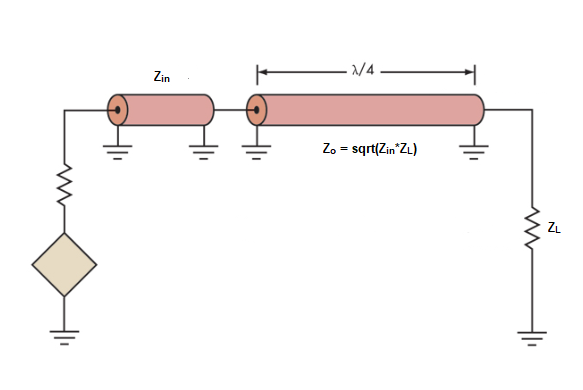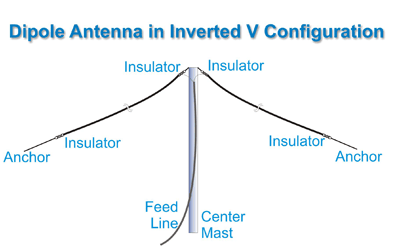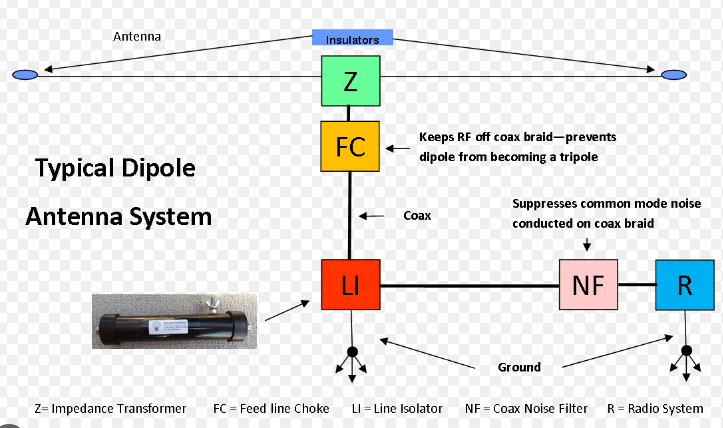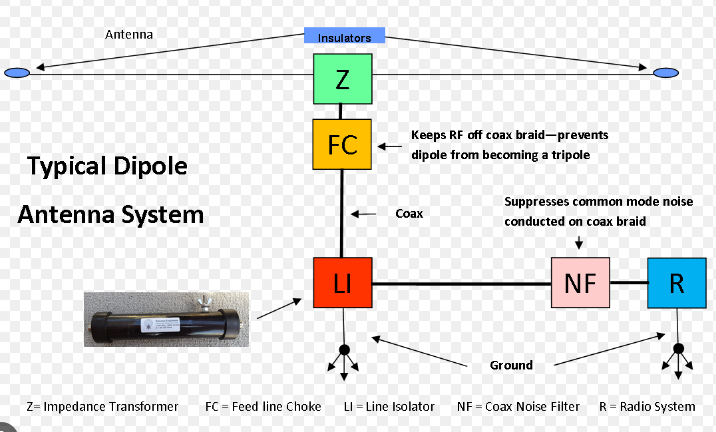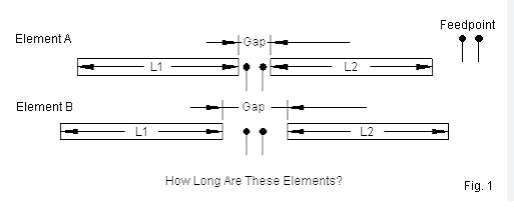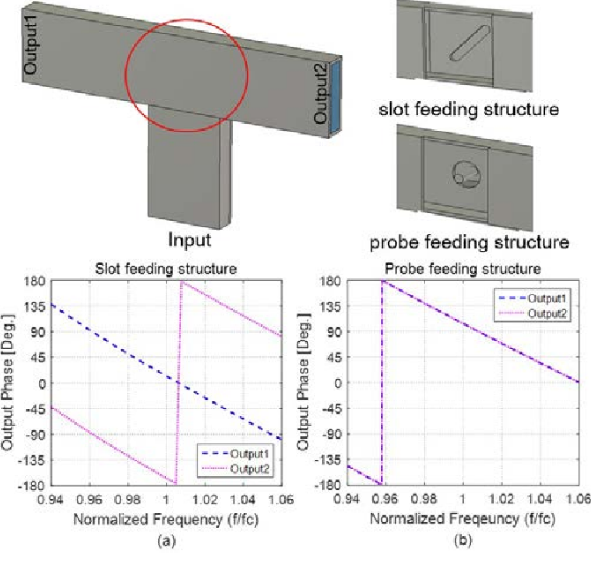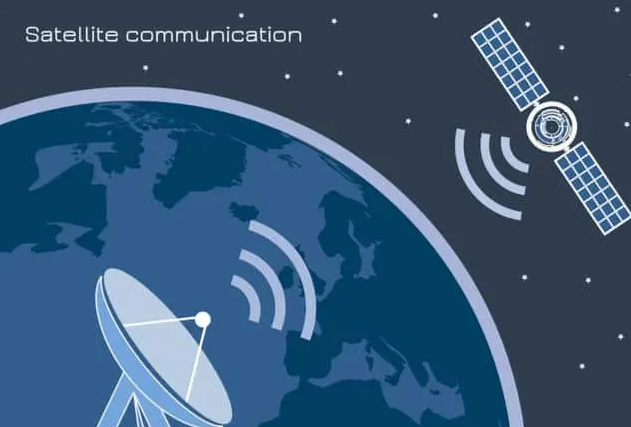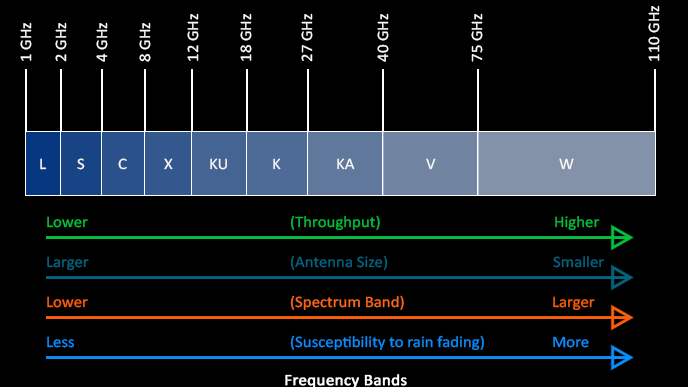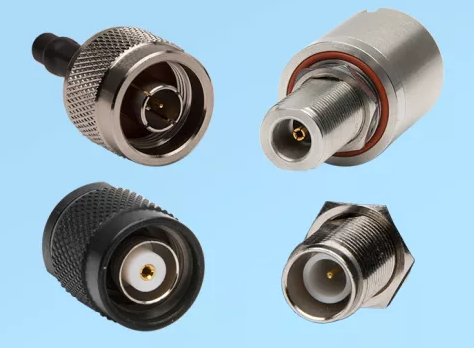5 Tips for Matching Dipole Feed Impedance with Your Transmission Line
Use a balun, adjust dipole length, employ a matching network, ensure secure coaxial connections, and test system SWR for optimal performance. Use a Balun In amateur radio, a balun , a short form of balanced-to-unbalanced transformer, is used to match the impedance of a dipole antenna, which is typically balanced, to an unbalanced transmission line […]
5 Tips for Matching Dipole Feed Impedance with Your Transmission Line Read More »

